Take your IP Surveillance solution completely off-grid!
- Latest News
- 4 likes
- 1869 views
- 0 comments
Loadshedding is currently the new normal that we as South Africans face daily and even though we have adapted to this daily irritancy, so too have criminals. The SA Chamber of Commerce and Industry (SACCI) estimates that cable theft costs the South African economy between R5 Billion to R7 Billion a year.
The question then is how do you deploy a deterrent such as IP Surveillance with intrusion detection that can be powered completely off-grid, without breaking the bank?
The answer is relatively simple. We offer all the components needed to build an off-grid, DC-Coupled surveillance and communication system.

Based on the diagram, we have two Uniview Bullet cameras for IP surveillance that support smart features such as intrusion detection and line crossing detection. To transmit the video feed from this location to a central location or tower can easily be achieved with a Cambium Force 200L device, that has a 25dBi antenna for transmitting over great distances and offers impressive throughput. These three devices together make up at maximum operation a consumption of 22 to 25W.
Now comes the fun part of building a solution that can take these devices off the grid, completely. We will start off with the star of this solution, the Acconet DC switch that has a built-in charge controller. The function of a charge controller is to take the DC voltage from the connected solar panel and convert this to a usable voltage by the switch. This switch has an input for a solar panel and a battery input. The solar panel that can be used on this device can range from 12V to 24V, and as high as 57V with a maximum of 800W supported. We recommend the 57V 550W mono crystalline solar panel, with a maximum current rating of 10A.
This solution is not complete without the addition of a battery solution. In our solution we recommend using 2 x 12V, 100Ah batteries connected in Series for this solution. 24VDC at 100Ah will provide 2400Wh of usable capacity. Even if we run at the maximum of 25W consumption on the devices, and at 80% DoD of the battery, you will be able to power up this solution on the battery alone for 76 hours.
LiFePO4, or Lithium Iron Phosphate is not a completely new battery chemistry in the market, and is now being widely used from home backup power solutions to gate motors. The benefit of LiFePO4 is that it offers a higher depth of discharge, up to 80%, as compared to the 50% DoD of lead acid batteries. LiFePO4 batteries typically also offer a longer life-cycle.
The Acconet DC switch supports 24V and 48V PoE out ports making it the perfect solution to power up the Uniview Cameras that require 48V and the Cambium Force 200L radio that requires 24 – 30V. This 5 port PoE switch supports up to 120W PoE budget, the requirement of adding more device is also possible.
This is one example of how you can take a surveillance solution completely off grid, however the flexibility of the DC switch allows network operators, installers, and wireless ISPs to keep their network equipment up and running.
If you need assistance in working out a solution for your requirement using the Acconet DC switch and relevant product, please contact our sales team on sales@miro.co.za or 012 657 0960.


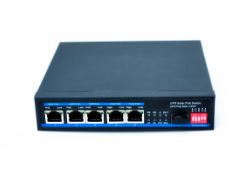
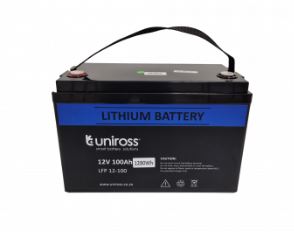
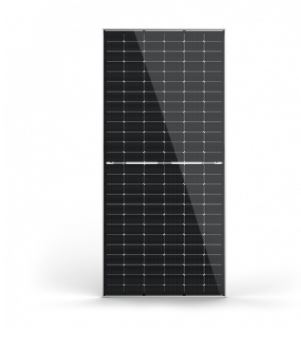
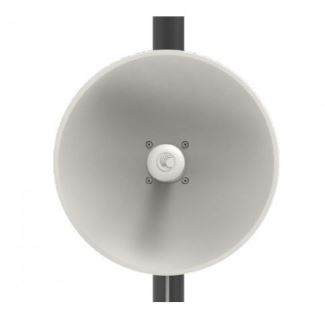
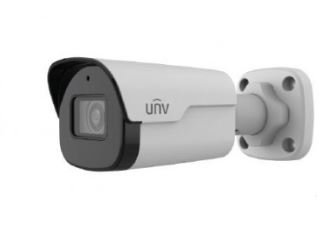
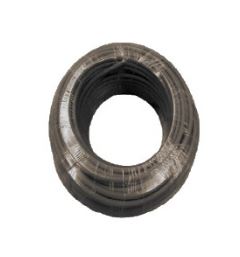

Comments
View Comments